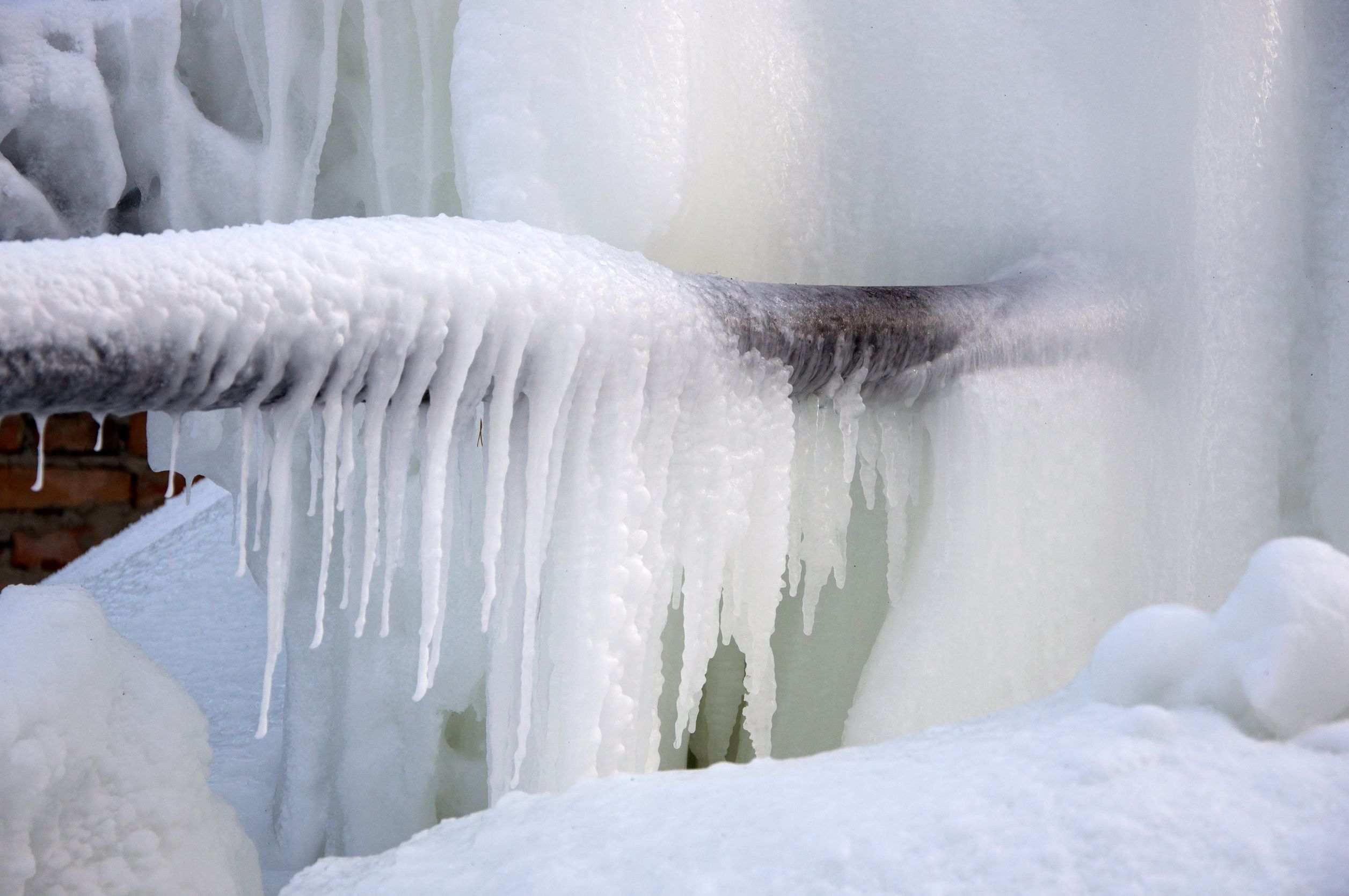Crucial Advice to Prevent Frozen Plumbing in Winter: Expert Insights
Crucial Advice to Prevent Frozen Plumbing in Winter: Expert Insights
Blog Article
Every person maintains their own individual thoughts in relation to Prevent Frozen Pipes .

Cold weather can wreak havoc on your pipes, particularly by freezing pipes. Below's just how to stop it from taking place and what to do if it does.
Introduction
As temperatures drop, the threat of icy pipes increases, possibly resulting in costly repair work and water damages. Comprehending exactly how to prevent icy pipelines is vital for home owners in cool environments.
Avoidance Tips
Insulating vulnerable pipelines
Cover pipelines in insulation sleeves or make use of warm tape to protect them from freezing temperatures. Concentrate on pipelines in unheated or exterior locations of the home.
Heating methods
Keep interior spaces effectively heated, especially locations with plumbing. Open cabinet doors to enable warm air to flow around pipes under sinks.
How to identify icy pipelines
Search for reduced water circulation from faucets, uncommon odors or noises from pipelines, and noticeable frost on revealed pipelines.
Long-Term Solutions
Architectural adjustments
Consider rerouting pipelines away from outside walls or unheated locations. Add added insulation to attic rooms, cellars, and crawl spaces.
Updating insulation
Purchase top notch insulation for pipes, attic rooms, and walls. Proper insulation helps maintain constant temperatures and lowers the risk of icy pipelines.
Securing Outside Pipes
Yard hoses and exterior faucets
Detach and drain garden hose pipes prior to winter months. Set up frost-proof faucets or cover outdoor faucets with protected caps.
Recognizing Icy Pipelines
What triggers pipes to freeze?
Pipes freeze when revealed to temperature levels listed below 32 ° F (0 ° C) for expanded durations. As water inside the pipes ices up, it increases, taxing the pipe walls and possibly triggering them to burst.
Threats and damages
Frozen pipelines can lead to water interruptions, residential property damage, and pricey repair work. Burst pipelines can flood homes and trigger extensive structural damages.
Indicators of Frozen Piping
Determining icy pipelines early can prevent them from rupturing.
What to Do If Your Pipelines Freeze
Immediate actions to take
If you suspect icy pipes, maintain faucets available to ease stress as the ice melts. Use a hairdryer or towels taken in hot water to thaw pipelines gradually.
Conclusion
Avoiding icy pipes needs proactive procedures and fast feedbacks. By understanding the causes, indications, and preventive measures, house owners can protect their plumbing during winter.
5 Ways to Prevent Frozen Pipes
Drain Outdoor Faucets and Disconnect Hoses
First, close the shut-off valve that controls the flow of water in the pipe to your outdoor faucet. Then, head outside to disconnect and drain your hose and open the outdoor faucet to allow the water to completely drain out of the line. Turn off the faucet when done. Finally, head back to the shut-off valve and drain the remaining water inside the pipe into a bucket or container. Additionally, if you have a home irrigation system, you should consider hiring an expert to clear the system of water each year.
Insulate Pipes
One of the best and most cost-effective methods for preventing frozen water pipes is to wrap your pipes with insulation. This is especially important for areas in your home that aren’t exposed to heat, such as an attic. We suggest using foam sleeves, which can typically be found at your local hardware store.
Keep Heat Running at 65
Your pipes are located inside your walls, and the temperature there is much colder than the rest of the house. To prevent your pipes from freezing, The Insurance Information Institute suggests that you keep your home heated to at least 65 degrees, even when traveling. You may want to invest in smart devices that can keep an eye on the temperature in your home while you’re away.
Leave Water Dripping
Moving water — even a small trickle — can prevent ice from forming inside your pipes. When freezing temps are imminent, start a drip of water from all faucets that serve exposed pipes. Leaving a few faucets running will also help relieve pressure inside the pipes and help prevent a rupture if the water inside freezes.
Open Cupboard Doors
Warm your kitchen and bathroom pipes by opening cupboards and vanities. You should also leave your interior doors ajar to help warm air circulate evenly throughout your home.

I found that piece of writing on Winter Plumbing Precautions: Preventing Frozen Pipes when surfing the search engines. Liked our article? Please share it. Help another person find it. Thank-you for your time spent reading it.
Contact Report this page